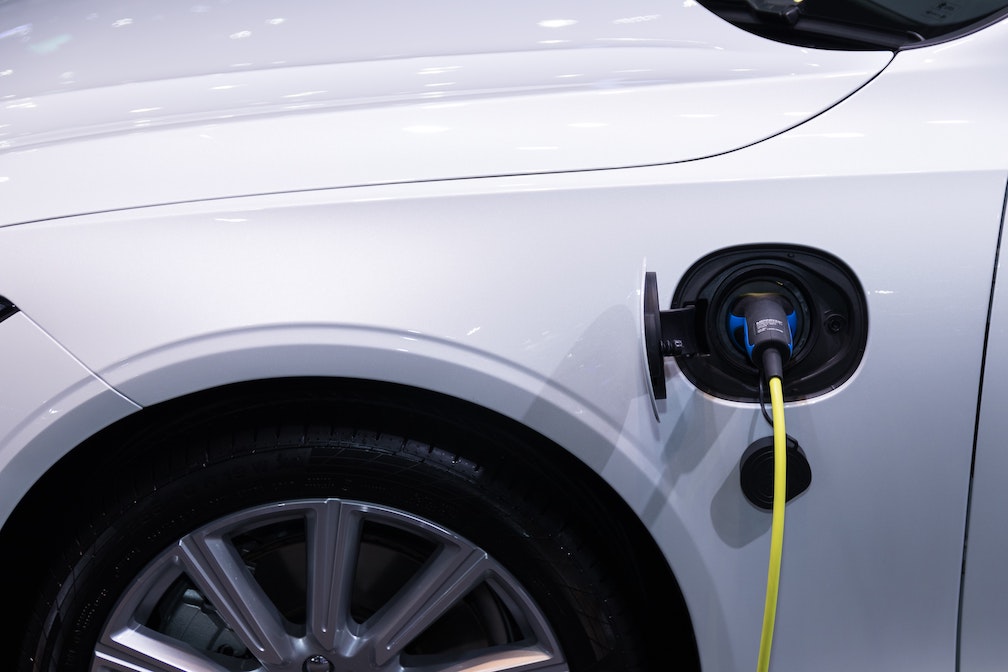Exploring the Technology Behind Electric Vehicle Charging Systems

Electric vehicles (EVs) have come to the forefront as the green and clean alternative to fossil-fuelled transportation, promising to shape a more sustainable future. Part of their allure lies in the advancements and innovations of their charging systems. In the points below, we'll delve into the fascinating technology behind electric vehicle charging systems, understand their operation and also explore how and where to source top-quality components, such as lithium batteries.
The Heart of EV Charging: Lithium Batteries
At the heart of an electric vehicle lies the lithium-ion battery, a key component that stores the electrical energy that powers the vehicle. These high-energy-density batteries are favoured for their ability to hold a charge well, with less loss of charge when idle, and their ability to handle numerous charge and discharge cycles.
As you search for components for your EV conversion or upgrades, it's vital to source high-quality lithium batteries to ensure optimum performance and longevity. For example, EV enthusiasts and professional conversion specialists looking to buy lithium batteries in Australia can turn to trusted suppliers that are known for their reliable and high-performing products.
Charging Infrastructure: The Lifeline of EVs
The lithium-ion battery might be the heart of the EV, but the charging infrastructure is undoubtedly its lifeline. From public charging stations to residential charging setups, the growing accessibility and convenience of charging solutions have been pivotal in driving EV adoption.
There are three primary types of charging stations: Level 1, Level 2, and DC Fast Charging.
- Level 1 chargers use a 120V AC plug and can be plugged into a standard household outlet, ideal for overnight charging.
- Level 2 chargers, offering faster charging speeds, require a 240V circuit and are commonly found in public charging stations and private homes.
- Finally, DC Fast Charging is the quickest of all, capable of charging an EV battery to 80% in 20 to 30 minutes.
Smart Charging and Vehicle-to-Grid (V2G) Technology
While the fundamentals of charging infrastructure are robust, continuous technological advancements promise to make the EV charging experience even better. Smart charging systems, for instance, adjust the charging rate based on various factors like grid capacity and the current charge level of the vehicle – this results in efficient and economical power use.
An even more revolutionary development is Vehicle-to-Grid (V2G) technology. V2G systems allow the flow of power to be bi-directional, meaning the EV's battery can both draw power from the grid and supply excess power back to it. This could turn EVs into potential energy assets, playing a crucial role in grid stability and renewable energy integration.
Charging Ahead into the Future
The technological marvels behind electric vehicle charging systems continue to evolve, driving us towards a greener, more sustainable future. As we embrace the era of electrification, sourcing quality components like lithium batteries will remain a key part of the journey. As we continue our journey into this electrifying realm, stay tuned for more insights and updates on EV technology and the exciting road that lies ahead.








